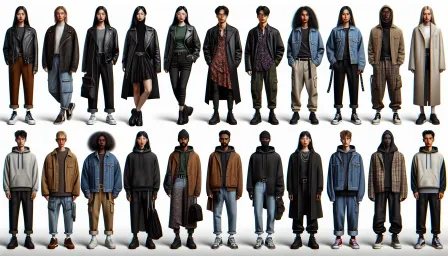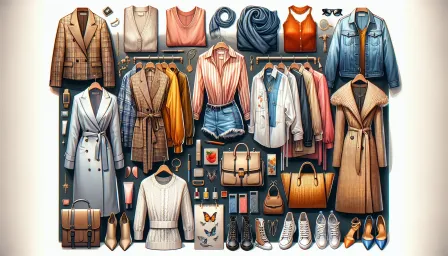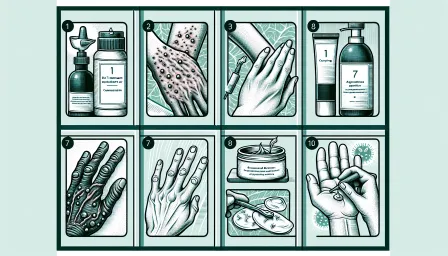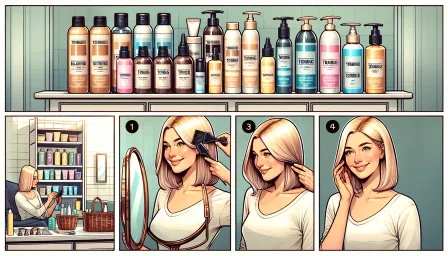Top 10 Sustainable Fashion Trends You Need to Follow in 2024
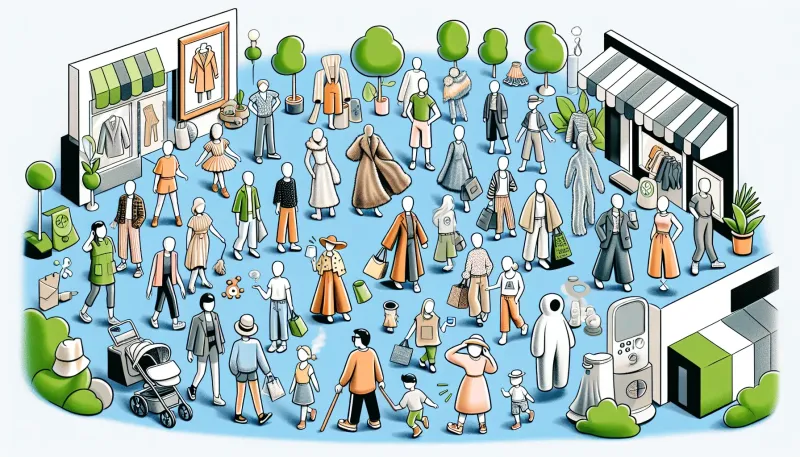
Discover the top 10 sustainable fashion trends of 2024 that you must follow to stay eco-friendly and stylish. Learn more with our detailed guide.
Fashion is evolving, and 2024 is set to be a year where sustainability takes center stage. With increasing awareness about the environmental impact of the fashion industry, consumers and brands alike are shifting towards more eco-friendly choices. Here, we delve into the top 10 sustainable fashion trends of 2024 that promise style without compromising on environmental ethics.
1. Ethical Production Practices
One of the leading sustainable fashion trends in 2024 is the emphasis on ethical production practices. Consumers are increasingly scrutinizing the origins of their garments, seeking assurance that they are produced under fair labour conditions. Brands are responding by establishing transparent supply chains, ensuring fair wages, and improving working conditions for garment workers.
Why It Matters
Ethical production not only supports human rights but also enhances the overall quality of life for workers. By choosing brands that prioritize ethical production, consumers can align their fashion choices with their values.
2. Eco-Friendly Materials
From organic cotton to bamboo and recycled polyester, eco-friendly materials are a significant trend in sustainable fashion for 2024. These materials reduce environmental impact by using less water, fewer chemicals, and generating less waste during production.
Benefits of Eco-Friendly Materials
Fashion items made from eco-friendly materials are often more comfortable, durable, and skin-friendly. They also contribute to a reduced carbon footprint, promoting a more sustainable environment.
3. Circular Fashion
The concept of circular fashion is revolutionizing how we think about clothing. Instead of a linear lifecycle, where garments are disposed of after use, circular fashion promotes recycling, repurposing, and reusing clothing.
Key Strategies in Circular Fashion
- Upcycling: Transforming old or discarded garments into new, fashionable items.
- Recycling: Breaking down fabrics to create new materials.
- Resale and Second-Hand: Encouraging the purchase and sale of pre-loved clothing.
4. Minimalism
Minimalism is gaining traction as a sustainable fashion trend, emphasizing quality over quantity. This trend encourages consumers to invest in timeless, versatile pieces that can be mixed and matched, rather than following fast fashion cycles.
How to Embrace Minimalism
Building a minimalist wardrobe involves selecting classic, durable items, decluttering, and resisting impulsive purchases. The result is a more curated and thoughtful approach to fashion.
5. Local and Artisanal Production
Supporting local artisans and small businesses is another sustainable fashion trend to follow in 2024. These businesses often employ traditional crafting techniques, resulting in unique and high-quality products.
Advantages of Local Production
Local production reduces the carbon footprint associated with transportation and supports local economies. It also helps preserve cultural heritage and traditional craftsmanship.
6. Eco-Conscious Dyeing Techniques
Traditional dyeing methods use large amounts of water and chemicals, contributing to environmental pollution. In response, brands are adopting eco-conscious dyeing techniques such as natural dyes, digital printing, and waterless dyeing.
Environmental Impact
These eco-friendly dyeing methods reduce waste, save water, and minimize harmful chemical runoff, making them a crucial trend for sustainable fashion.
7. Biodegradable Fabrics
Biodegradable fabrics, such as hemp, linen, and Tencel, are becoming popular in sustainable fashion. These materials decompose naturally at the end of their lifecycle, reducing landfill waste.
The Future of Biodegradable Fabrics
As technology advances, new biodegradable materials with enhanced properties are being developed, promising even greater sustainability benefits for the fashion industry.
8. Vegan and Cruelty-Free Fashion
With growing awareness about animal welfare, vegan and cruelty-free fashion is set to be a significant trend in 2024. Synthetic alternatives to leather, wool, and silk are being developed to avoid animal cruelty.
Examples of Vegan Alternatives
- Pinatex: A leather-like material made from pineapple leaves.
- Mushroom Leather: A sustainable alternative to traditional leather.
- Plant-Based Silks: Innovations like orange fiber silk.
9. Fashion Rental Services
Fashion rental services offer a sustainable alternative to buying new clothes, particularly for special occasions. These services allow consumers to rent high-quality garments, reducing the demand for fast fashion.
Why Opt for Fashion Rental
Fashion rental promotes a circular economy, reduces textile waste, and allows consumers to enjoy a variety of styles without the environmental guilt associated with frequent purchases.
10. Brands with Sustainability Certifications
Lastly, supporting brands that have earned sustainability certifications is a key trend for those looking to make more environmentally conscious fashion choices. Certifications such as GOTS (Global Organic Textile Standard), Fair Trade, and Bluesign indicate that the brand adheres to strict sustainability and ethical standards.
How to Recognize Certified Brands
Look for certifications on product labels or on the brand's website. These certifications ensure that the products meet high environmental and social standards, making your fashion choices more responsible.
Conclusion
The future of fashion in 2024 is bright, with sustainability at its core. By following these top 10 sustainable fashion trends, you can contribute to a more ethical and eco-friendly industry. Whether through supporting ethically produced garments, opting for eco-friendly materials, or embracing circular fashion, every step counts towards a greener future. Stay informed, make mindful choices, and let your wardrobe reflect your commitment to sustainability.





